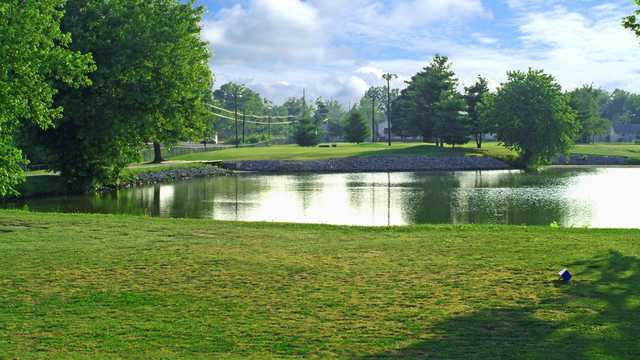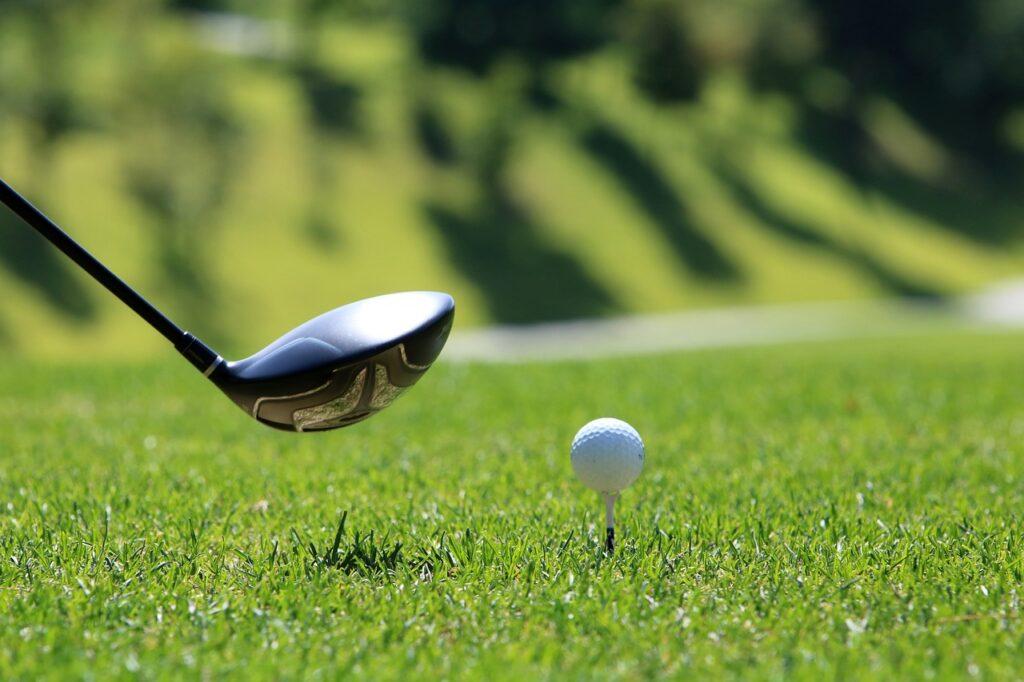
How To Use a Golf Rangefinder and How It Works
Back in the day, not that long ago, relatively speaking in the annals of golf, if you wanted to know your yardage to the middle of the green, you looked for a sprinkler head on the course.
At almost any golf course, those sprinkler heads had a number on it. So you would take that number and pace it off to a line parallel with your ball, do the math — plus or minus — and come up with a number.
Those days are mostly gone. At most golf courses, the sprinklers don’t have yardage numbers on them. You might still find markers in the fairway, signifying 100, 150 or 200 yards, but even those don’t exist at a lot of courses. The reason? Most golfers these days have some sort of measuring device, whether that’s GPS (Global Positioning System) or a laser rangefinder to shoot targets.
Not every golfer owns one, of course, but I can say every golfer I play with has a rangefinder or a GPS watch to give them yardages.
Do you need a golf rangefinder?

It depends on how serious a golfer you are, if you play a variety of courses, or if the course you play all the time has markers on it. But by and large, the answer for most golfers is yes, you should have one.
There are advantages and disadvantages to having either rangefinders or GPS devices. Many GPS devices require a subscription, and they aren’t as accurate in general as rangefinders, since they usually just give distances to the front, middle and back of the green — not the flagstick.
They do offer, however, the layouts of the holes and can usually tell you distances to other features on the course, like bunkers and water features.
But rangefinders are more precise, and generally you don’t have to recharge them that often. Popular rangefinders include brands like Bushnell, Nikon, Garmin, Precision Pro, Leupold, TecTecTec!, and Blue Tees.
How does a rangefinder work?
Basic rangefinders use laser technology combined with optics.
To find your distance to the hole, you aim the rangefinder at the flag and click on one of the buttons on top to hone in on the target. The rangefinder then measures the time it takes for the laser beam to bounce off the target and return to the rangefinder, then calculates the distance based on that time.
How to use a golf rangefinder
For the most part, operating a golf rangefinder is fairly simple. Just make sure you have plenty of battery life or it has been recharged before taking it out to the course. In the display, there’s usually a battery life indicator.
Then it’s simply a matter of pressing a button, looking through the eyepiece and aiming the rangefinder at the target.
Rangefinders will always give you the actual yardage, but more advanced models can provide more information, like the slope. In those cases, they measure actual yardage, then calculate the yardage the shot might play because it’s either uphill or downhill.
Some will also provide the actual measurement of the slope, like plus or minus 2 degrees, for example.
Will any rangefinder do?
Technically, yes, you could use a hunting rangefinder for golf, but there are differences between the two.
The most obvious is that golf rangefinders generally lock onto the closest target, while hunting rangefinders have to shoot through brush and trees to find its target. The latter could be a problem in golf since it is very likely to pick up objects beyond the flag.
Also, basic golf rangefinders aren’t that expensive, so why not get one dedicated to the sport?
What are the qualities of a good golf rangefinder?

Many of the better rangefinders will vibrate when you have successfully shot the flagstick. Some rangefinders are quicker than others in finding targets, and many have stabilization technology to make it easier to shoot targets.
Inside the viewfinder, you will see a display that gives you the distance in yards or meters, depending on what you select. And the good ones have at least 5X or up to 7X magnification.
The most important trait of a good golf rangefinder is accuracy and ease of use. Most of them are extremely accurate.
For example, it’s rare that two golfers in the same group using different brands of rangefinder have much variances between measurements. What separates the cheaper ones from the more expensive ones are the added features.
More expensive rangefinders generally have better displays. Some even have more than one color and can change intensity according to the light conditions.
Some operate on a battery or two, and some are rechargeable. That can be a personal preference.
Rechargeables will save you money on batteries, but you’ll probably want to make sure it’s fully charged before every round or two, while battery operated models can go months without having to change the battery.
Other features a golf rangefinder might have
Some golf rangefinders can be paired with an app on your smartphone, opening up the chance to gather much more information, like shot tracking.
The apps can let you keep score and statistics as well, and they provide the GPS info on top of the actual yardages you can shoot.
Some hybrid rangefinders, like the Voice Caddie SL3, build a GPS component into the unit itself with a display right next to the eyepiece that can show you additional yardage, a map of the hole, and even a heat map of the greens.
How much should you spend on a rangefinder?
It all depends on how much you want, but the competition in the rangefinder business and new technology has driven the cost way down.
You can get a basic unit for as little as $100, but most of the good ones are between $150 and $300. The hybrids with the fancy displays can be as much as $600.
Are rangefinders legal in golf?
The short answer is yes, golf rangefinders are legal in casual play and for most tournaments. The PGA Tour, Korn Ferry Tour, and PGA Tour Champions do not allow the devices. The LPGA Tour, however, does allow the players’ caddies to use rangefinders on the course.
What’s not allowed is the slope feature at any tournament. So that must be turned off during tournament play, and it’s actually not permitted during rounds that are turned in for an official United States Golf Association handicap, although it’s pretty hard to enforce among casual golfers.
A trick that helps you not lose your rangefinder
Each year, thousands of golfers leave their rangefinders behind in their golf carts after the round. If they are lucky, they might be able to return to the course, and someone might have turned it into lost and found. More often, that’s not the case.
So here’s a tip: Put your car keys in the case of your rangefinder when you start your round.
That way, you can’t drive off without seeing the empty case and remembering to grab your rangefinder and pack it away. Of course, if you took an Uber to the course, you’ll have to think of another object to put in that case. Maybe the smartphone?
